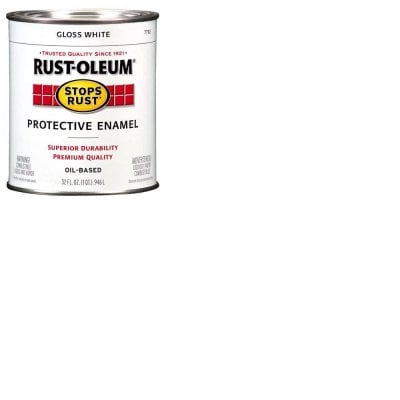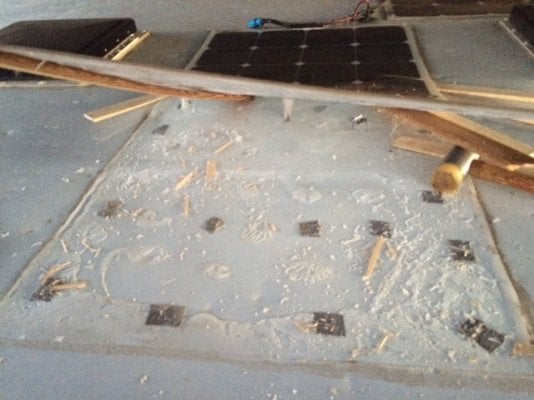ntsqd,
I have been designing and building space-borne instruments for NASA and other Government agencies since 1978. I am familiar with the ceramic beads used in the paint. We do in fact use them in paints used in Space to inhibit conduction of the paint and as a spacer to control the paint thickness. Keep in mind that space is a partial (very good) vacuum and the dominant heat transfer mechanism in space is different than it is on Earth due to the vacuum.
I am dubious of claims about thin insulating paint for terrestrial applications.
I looked on the Hytech sales site and I see no thermal analyses or measurement data. No R value measurements.
They use the word insulating and radiant barrier somewhat interchangeably however, they are two different heat transfer mechanisms.
There are lots of folks touting radiant barriers for all sorts of applications. Mostly their performance is only supported by anecdotal claims with no verifiable data or thermodynamic analysis.
In air, convection and conduction dominate radiant heat transfer by orders of magnitude. However, if one can create a thermal barrier to reject all the thermal energy at the surface the sun is illuminating before it gets into the structure (camper) then there is no need for insulation. Of course there is nothing that will reject 100% of the thermal energy so some insulation will be always be needed.
The best surface would be a smooth, highly polished Silver or Aluminum mirror. In fact we use mirrors on Space-borne equipment to perform this very task. However, keeping the surface mirror like on Earth is non trivial and as the surface becomes less reflective it absorbs more heat.
Painting the roof with smooth white paint is effective and reasonable in cost. White paint generally absorbs less thermal energy than any other color of paint. White paints are also used as thermal control surfaces on Space-borne equipment and they can work well.
Keep in mind that a smooth surface is better than a bumpy surface (we try to make the white paint on our space-borne instruments as smooth as possible starting with a very smooth substrate then applying the paint very carefully with a sprayer).
- There is less surface area on a smooth surface (yes, all the bumps add surface area. More surface area means more thermal collection area.
- The areas between the bumps reflect thermal energy onto the adjacent bumps which actually increases thermal absorption by the surface.
Here is another opinion on this:
http://www.greenbuildingadvisor.com/blogs/dept/musings/insulating-paint-salesman-tripped-his-own-product
So my advice is save some money and skip the beads. Put your effort into creating a smooth surface to paint with smooth white paint.
Caveat emptor.
Craig



